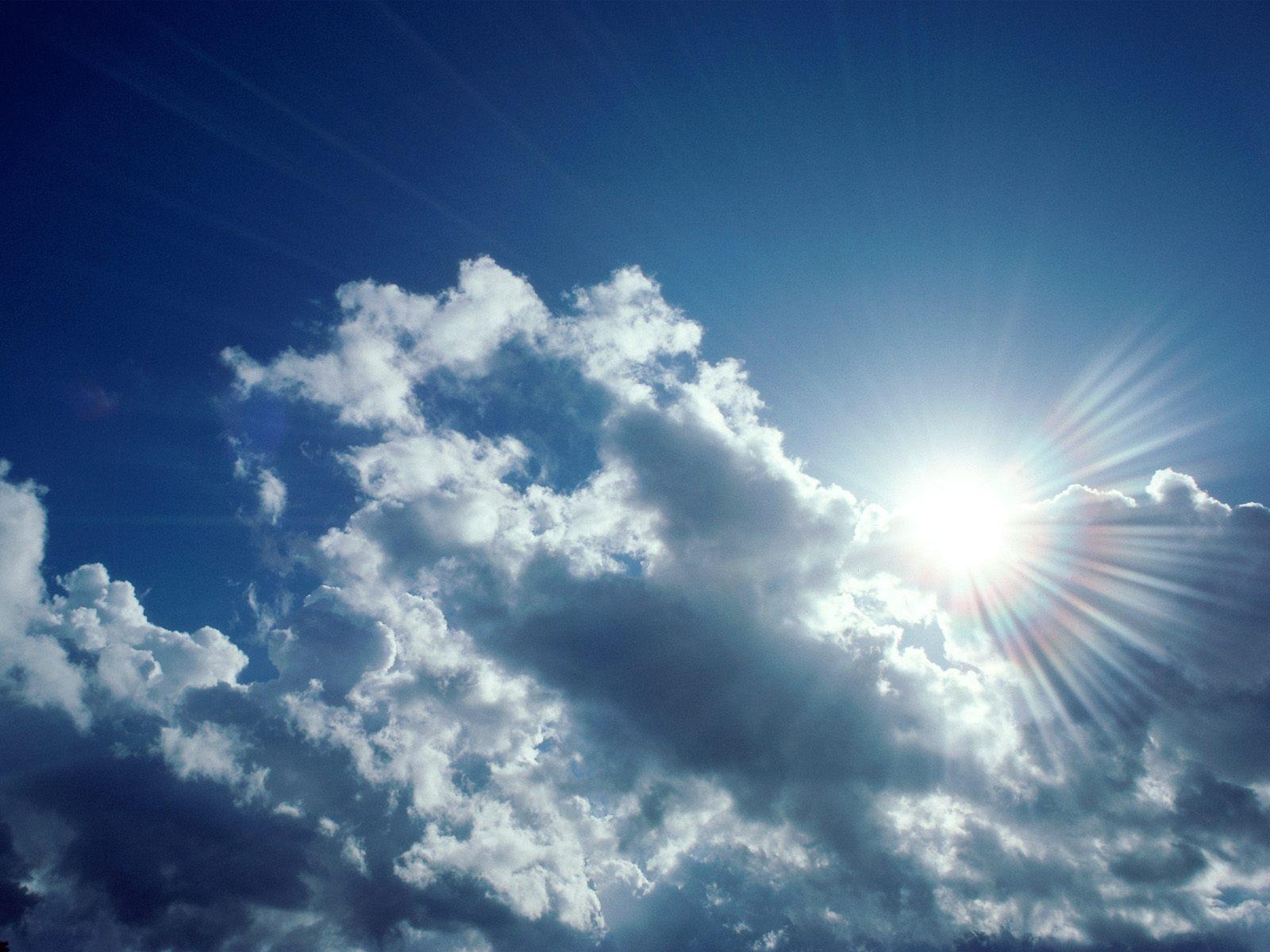Informational Resources
All of the contents below can be used for educational purposes, primarily aimed toward students and educators interested in the photosynthetic process.
Algae for Energy Experiment
Algae for Energy Explanation Video
Description:
Microscopic algae can be found just about everywhere you look – in ponds, puddles, on walls… and in the pool if it gets low on chlorine! Some people think of these organisms as "slimy", but they are just like tiny plants. They use the sun's energy to make everything that they need, just like a growing plant. In fact, we have known for decades that they can make hydrogen gas too. Hydrogen could be a great fuel if we could make enough of it in a cheap and sustainable way – it is odorless and non-toxic, and when burnt it makes only water (i.e. no greenhouse gasses). The project described here allows students to visualize (literally!) production of hydrogen by algae, allowing them to explore ways to encourage our tiny friends to make more or make it for longer.
The Algae for Energy project is an educational module developed through the Wells Fargo Regional Sustainability Teachers’ Academy, which is a professional development workshop for local teachers to develop new curricula and projects in sustainability. In this module, students will learn how to detect the production of hydrogen by algae on agar plates using a simple agar overlay method. We are training local elementary, middle, and high school teachers how to do this, and offer educational materials targeted for different student levels that their teachers can modify and use to teach in their courses.
The Algae for Energy (AfE) experiment does not require an advanced laboratory to carry it out. This project is funded by the National Science Foundation through a grant to Professor Redding, which pays for the materials you will need. The only things that the school will need to provide are: a place to grow the algae, a cardboard box, a microwave oven and a small cooler (or Styrofoam box). The students will build their illuminators out of a cardboard box using LED strips and components provided by AfE. The algae are first grown on plates, and then covered with agar mixed with bacteria that can detect hydrogen – they become fluorescent when this happens. The students can image this fluorescence the next day with their own phone cameras using a small optical filter provided by AfE. The students will draw their own conclusions about the best hydrogen-producing strains and the best ways to grow them to get them to produce hydrogen.
This plan draws upon concepts from the next-generation science standards, in which learning is driven by the students’ own curiosity. They will be given only a cursory explanation at first, but as they do the experiment, we will answer their questions about how things work to get across basic concepts. Moreover, we will allow the students to choose different condition to grow their best algal strain, to see which ones are best. In this way, they become partners in discovery.
Training Videos:
- Working with LED strips: Vimeo or YouTube
- Building an illuminator box: Vimeo or YouTube
- How to grow algae: Vimeo or YouTube
- How to make the top agar overlay: Vimeo or YouTube
- How to take pictures of the fluorescence image: Vimeo or YouTube
- How to use ImageJ to analyze the image: Vimeo or YouTube
- How to analyze multi-color images: Vimeo or YouTube
- "45 Sustainability Resources You Need to Know" by Purdue University Global. This page outlines 45 noteworthy resources categorized by the following sustainability topics: Green Living, Climate Change & Environmental Protection News, Energy & Technology, Sustainability in Business & Government, Sustainability Careers, Sustainability & the Arts, and Ecotourism.
- "Overview of Photosynthesis" by FragranceX explains process in which organisms convert light energy from sunlight into chemical energy.
- "What is Photosynthesis?" by Aparna Vidyasagar. This gives an excellent overview of photosynthesis and is a wonderful refresher.
- "Photosynthesis and the "Z"-Scheme" by Govindjee and Rajni Govindjee articulates the introduction of photosynthesis with an emphasis on the Z-scheme.
- "The Z-Scheme Diagram of Photosynthesis" is an additional diagram of Photosystem II and Photosystem I designed to help students visualize the Z-Scheme.
- "Flying Turtle" explains photosynthesis in a creative and easily understood manner. The entire site is quite humorous and we recommend it highly.
- "Why Study Photosynthesis" By Devens Gust. Devens Gust is the Foundation Professor at the Department of Chemistry and Biochemistry at ASU CLAS. He has served as the Director of the Photosynthesis Research Center at ASU. Through this essay, he shows how students can use photosynthesis as a means to learn about many areas that may not seem to be linked to photosynthesis.
- "National Science Education Standards" is an inevitable guide for educators explaining the significance of science literacy regarding photosynthesis.
- "Science Made Simple" has many items of interest to teachers, including the very popular "Why Do Leaves Change Color in the Fall?" which is available as a free sample on their website.
- "53 Sources for Climate Change News" contains information about the climate change and its controversy.
- "Energy Kids" By The U.S. Energy Information Administration of the Department of Energy. It contains good introductions to many solar energy subjects such as biomass, biofuels, hydrogen and non-biological energy.
Below are brief quizzes to test your knowledge on photosynthesis. They are recommended for those who have a solid understanding of the subject.
Alternative Websites Regarding Photosynthesis
- "What is Photosynthesis"
- "The Photosynthetic Process"
- "How to Explain Photosynthesis"
- "What is the Function of Photosynthesis" A video By Steve Jones
- "What is the Function of Chlorophyll" A video By Brian Erickson
The below are Student and Classroom Videos through the development of very inexpensive and small video cameras have resulted in an explosion of non-professional videos on photosynthesis.
- "Khan Academy" introduces Light Dependent, Calvin Cycle, C3 & C4
- "Crash Course" explains how plants feed through sunlight, carbon dioxide, and water
- "NOVA" explores the history of plant biology by studying the earliest scientific hypotheses to the present-day photosynthesis
- "Photosynthesis For Kids" explains photosynthesis in simple and understandable ways for kids
The videos listed below are for individual subjects. Here are some videos about photosynthesis. They may be fun to show students or possibly serve as an inspiration to come up with similar student projects.
- "Glucose Song"
- “The Photosynthesis Song" By Pete Weatherall
- Another "Photosynthesis Song" sung By Mr. Durand, a teacher
- "Photosynthesis Rap"
- "Cellular Respiration (ATP) - Boulevard of Broken Dreams"
- "BioFlix - Photosynthesis"
- For fun, we recommend the "Z-Scheme videos (Version A)" and "Z-Scheme videos (Version B)" by the Ohio State Football team.
Below are TeacherTube videos which is a lot like YouTube except it is run by an educational group and does not allow public postings or comments. In general the videos are more limited, but of higher quality. Each video begins with a long 30 seconds of advertisement, so be patient (members can skip the ad).
- "Photosynthesis"
- "Photosynthesis Song" By Peter Weatherall
- “Lachman – Photosynthesis Respiration Song”
Below are a number of virtual experiments to help explain the various aspects of photosynthesis. Their difficulty ranges from the relatively simple to somewhat more involved.
- “Experiments to Show the Factors Required in Photosynthesis (2) – Light and Carbon Dioxide” This experiment by Richard G. Steane describes reactions with starch and Geraniums
- “Chlorophyll” Richard G. Steane also provides a virtual experiment on the plant Zebrina
- The Science and Plants for Schools (SAPS) organization provides a number of high quality virtual experiments such as “The response of leaf discs from sun and shade plants to green light” , “Photosynthesis using algae wrapped in jelly balls” , and “testing a variegated leaf for starch”
- “Photosynthesis, Respiration, and the ATP-ADP Cycle” This high school level lab by Clovis O. Price Jr. uses common objects like beans, sponges, and tennis balls to represent the ATP-ADP cycle
- "Dr. Splicer" is a creative experiment by Dr. Neal Woodbury that uses mutant bacteria to discover which proteins are necessary for photosynthesis. Just like in the lab, the student has to correctly perform the parts of the experiment or it fails!
- Below are videos of experiments. These are also a useful tools to see photosynthesis in progress without obtaining the experimental materials.
- “Photosynthesis Syringe Experiment Year 8” shows oxygen production from discs cut from spinach leaves
- “Photosynthesis Under Water” shows oxygen production controlled by light
- "Photosynthesis In Leaf Disks Experiment" provides an overview of photosynthesis
- "Which colors of the light spectrum are most important for plant growth?" allows you to measure the affect of different color light on growth
The following are excellent resources for educators to use in the classroom and beyond! The majority are appropriate for younger students but they may be beneficial for refreshing a more understanding audience.
- “Purification v. Population: Green v. Gray The Plant Kingdom’s Impact on Air” By Maureen Taylor-French from the Yale-New Haven Teachers Institute
- "Photosynthesis and Transpiration" By Nelida Boreale. This provides a lesson plan for “Photosynthesis and Transpiration” for Grades 6–8
- “Photosynthesis, Trees, and the Greenhouse Effect” From the National Geograhic Xpeditions
- “Photosynthesis: Understanding the role of plant pigments in photosynthesis” provides a lesson plan from Teaching Today
- “Yummy Plant Parts” presents a lesson plan from Discovery Education that helps students understand plants and why they are important
- “Plants need light and water to grow” This resource from Whales in the UK contains easy interactive lessons, teachers’ notes, and links to worksheets
- “Energy Kids” Provides a multitude of solar energy lesson plans organized by age groups (primary, elementary, intermediate and secondary)
- Proteacher.org lists a number of brief suggestions to aid in teaching elementary school students about photosynthesis


